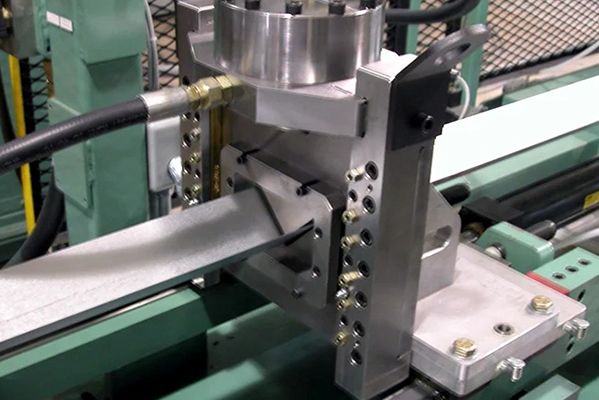Navigation Menu
Contact Us
- Email:
- info@wxavatar.com
- Address:
- Yurong Village, Yuqi Street, Huishan District, Wuxi, China.
Release Date:May 12, 2025 Visit:49 Source:Roll Forming Machine Factory
The automotive industry is always looking for ways to make production faster, more efficient, and cost-effective. One technology that’s playing a big role in this shift is roll forming. This method has been around for a while, but recent advancements are making it a key player in how car parts are made.

What Is Roll Forming?
Roll forming is a process where long strips of metal are passed through a series of rollers to gradually shape them into specific profiles. Unlike stamping or cutting, which remove material, roll forming bends and forms metal without wasting as much raw material. This makes it a smart choice for producing consistent, high-quality parts.
Why Automotive Manufacturers Are Turning to Roll Formers
Precision and Consistency
Cars require parts that fit together perfectly, and roll forming delivers tight tolerances with minimal variation. Whether it’s door frames, seat tracks, or structural beams, roll-formed parts maintain uniformity, reducing the need for adjustments during assembly.
Faster Production
With the ability to run continuously, roll forming lines can produce parts much quicker than traditional methods. This helps automakers keep up with demand while maintaining quality.
Material Savings
Since roll forming shapes metal rather than cutting it away, less material is wasted. This efficiency can lead to lower production costs over time.
Flexibility in Design
Modern roll formers can handle a variety of metals, including high-strength steel and aluminum. This allows manufacturers to experiment with different materials to improve performance without overhauling their entire production process.
Real-World Impact
Many automakers are already using roll-formed components in their vehicles. For example, lightweight aluminum channels made through roll forming help reduce vehicle weight without sacrificing strength. Similarly, complex structural parts that once required multiple welding steps can now be formed in a single pass, saving time and labor.
The Road Ahead
As car designs evolve—especially with trends like electric vehicles requiring new types of components—roll forming is likely to become even more important. Its ability to adapt to different materials and complex shapes makes it a reliable choice for future manufacturing needs.

In short, roll forming isn’t just a niche process—it’s becoming a fundamental part of how cars are built. By improving efficiency, cutting costs, and enabling better designs, it’s helping shape the next generation of automotive manufacturing.